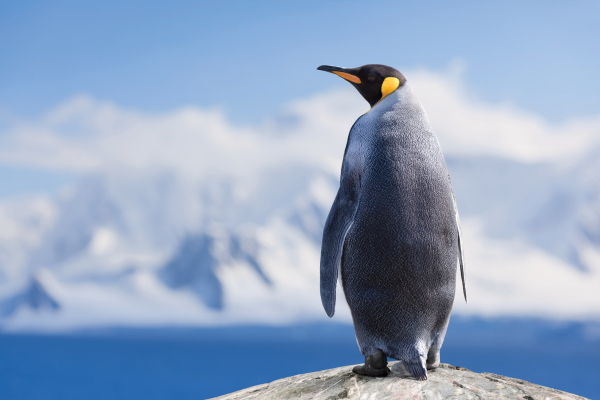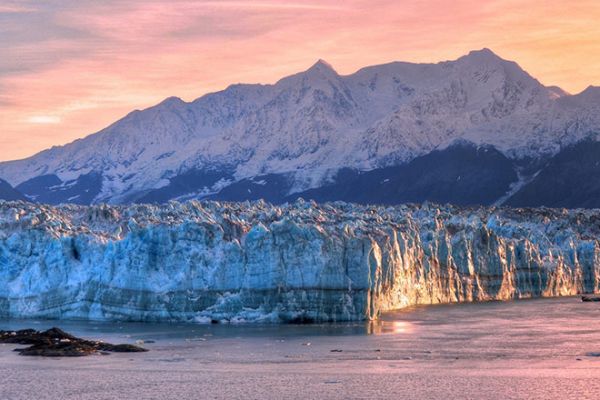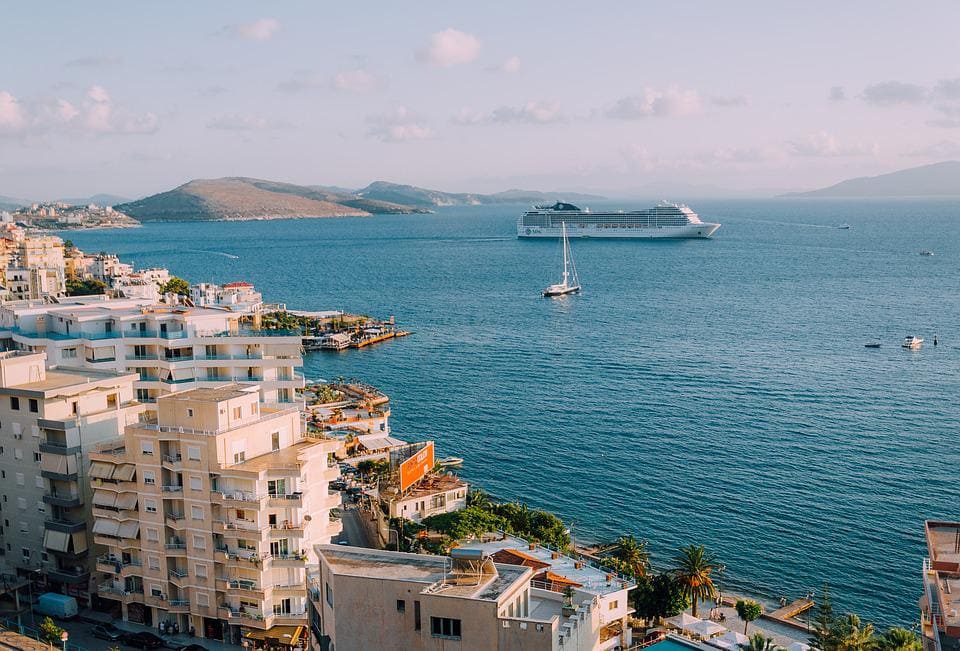Antarctica has always attracted adventurers. Its remote location and harsh weather make some hesitate, while to others stoic beauty of this otherworldly landscape, calls like a siren’s song.
Most expedition cruisers set out with an idea of the quintessential experience that would make or break the journey. The season to visit is a short window of time during the Antarctic Summer when animal activity is at its highest. Whether your dream encounter in Antarctica is coming face to face with a mink whale or seeing penguin hatchlings, in this week’s blog we will tell you how best to time your Antarctic Expedition with the natural rhythms of the season.
Early Season
Cruising in Antarctica begins every year in late October or early November as the region begins to awaken from the harsher seasons. During this period, the temperatures will still be very low.
The summer melt has not finished breaking up all of the ice around the Antarctic Peninsula and the daylight hours will be short. At this time of the year, animal activity is not fully back in swing as various species have not yet migrated back.
Guests looking to travel and see more ice and elements benefit from lower rates and smaller crowds. Many guests prefer this period for landscape photography due to the abundance of Ice and beautiful sunsets.
However, in late November, animals begin to arrive. Elephant Seals begin their mating rituals on South Georgia Island and the mating season for the penguins begins as well.
For those desiring a visit to South Georgia Island or the Falklands, this is a good portion of the season to get animals and Ice and still enjoy relatively lower fares of the early season. Bird watchers will rejoice as the albatrosses and petrels make their way across the Drake Passage. Those who prefer action shots of these southern migrants are well served to visit Antarctica before the birds begin to nest.
Guests who want to see the Emperor Penguins should consider this time frame but be sure to choose a ship with a polar class hull of 2 or 3. Because of their nesting locations in the Weddell Sea, the icebreaking capabilities of the ship are something that should be considered when planning.
Peak Season
December marks the beginning of peak season in the Antarctic. Cruise traffic will begin to increase and temperatures will begin to rise. The days become longer allowing more hours of exploration. All expedition vessels use zodiac tenders to get guests to and from the ship and for guided coastal exploration.
Longer days mean more opportunities to see the Whale populations that are beginning to arrive and the Seals of South Georgia Island begin to birth their pups. For many, the opportunity to view the baby animals makes this the best month to visit.
During January, expect nearly 24 hours of daylight. This will give guests plenty of opportunities to see one of everyone’s favorite residents of the Southern Continent. Small, fluffy, grey penguin hatchlings begin to appear around the rookeries. Peak season is in full effect during this month as the wildlife becomes more abundant.
The arrival of chicks, pups, and other baby animals marks a change of rhythm in the region. Among the bird populations, adults will be nesting more than flying. The penguin rookeries will be active with the arrival and departure of adults feeding new hatchlings. All of this activity and extended daylight make this a prime month for photographers. The rising temperatures also make this the perfect time for a kayaking expedition. Budget accordingly and book early if you plan to visit during this high-demand month.
Late Season
February is the month with the highest activity of Fur seals, especially as their pups mature enough to swim and explore. Sea ice is all but gone during this month, but there is no better time for whale-watchers. Southern right whales, humpbacks, orcas, and sperm whales make their way into the Antarctic water for prime feeding in the nutrient-rich waters. Orcas will hunt the seals and penguins as they return to the water to find food for their hatchlings. Penguin rookeries still have chicks but will be less crowded. Additionally, the absence of sea ice makes this an ideal time for a deeper polar expedition.
March begins the closure of the cruising season in Antarctica. Ship traffic will begin to thin out With the penguin colonies’ populations returning to the sea, the popular penguin hatchlings are all but gone. The temperatures begin to drop and the daylight hours begin to shorten. Once again this is a good opportunity for solo cruisers and reduced rates. March is an excellent time to see whales and wildlife in the water. Beware of the shoulder seasons because weather conditions will begin to be a factor and can lead to the rare itinerary adjustment or cancellation. As the seasons move on the weather will change and winter storms begin to return. Soon the long days will turn into 24 hours of darkness and the expedition ships relocate to the Arctic for that season.
For anyone considering an expedition to Antarctica, the experience is something that will be remembered and cherished for life. These rare, life-affirming, opportunities to see these remote environments always come with an investment on the guests’ part. For that reason, it is vital to protect your investment, by taking full advantage of an experienced travel advisor. The logistical challenges, expedition-specific policies, health screening, or insurance requirements can all be daunting. With the help of Luxury Cruise Connections’ experienced sales and concierge team, guests can focus on the adventure rather than the logistics.



